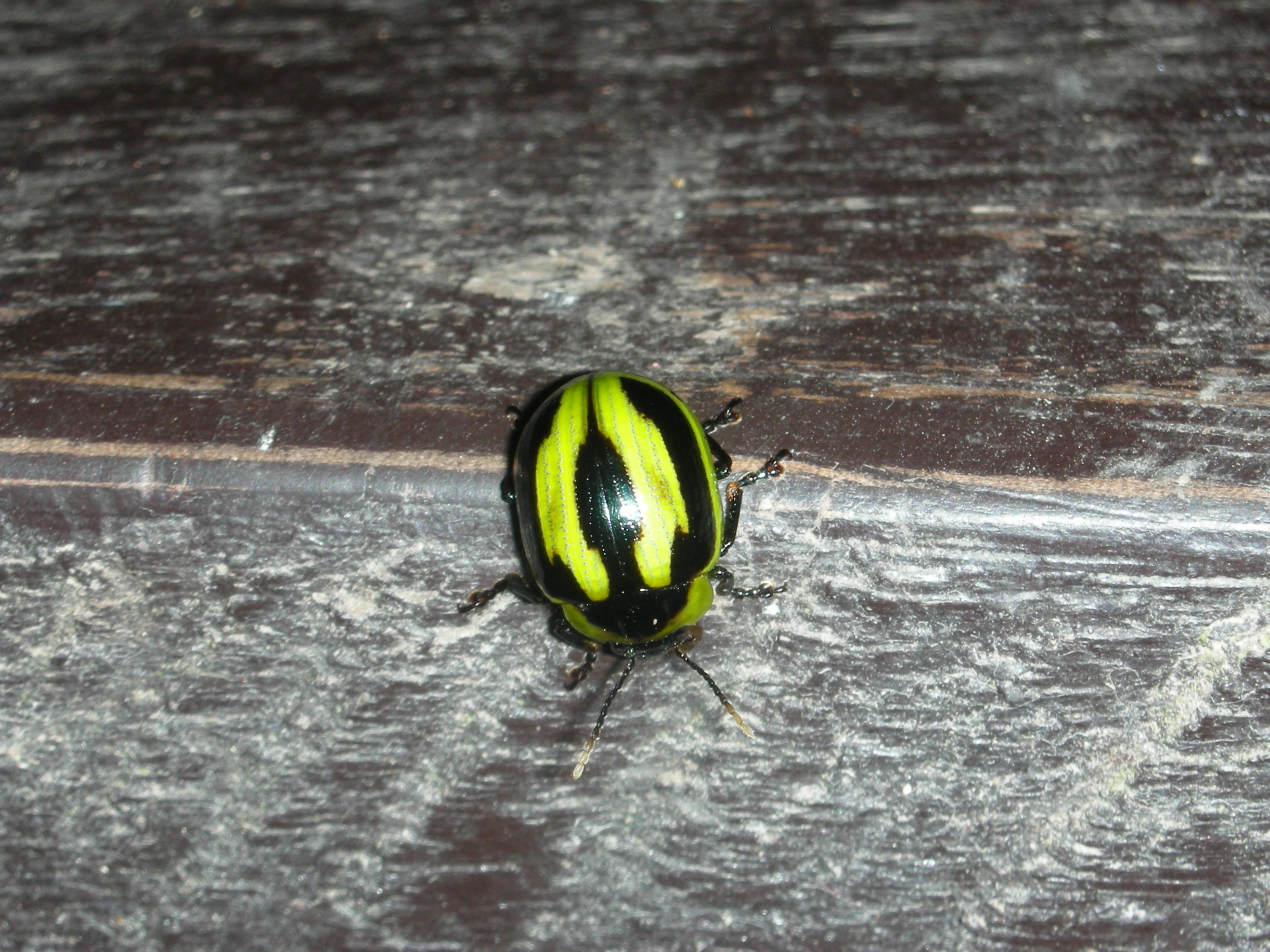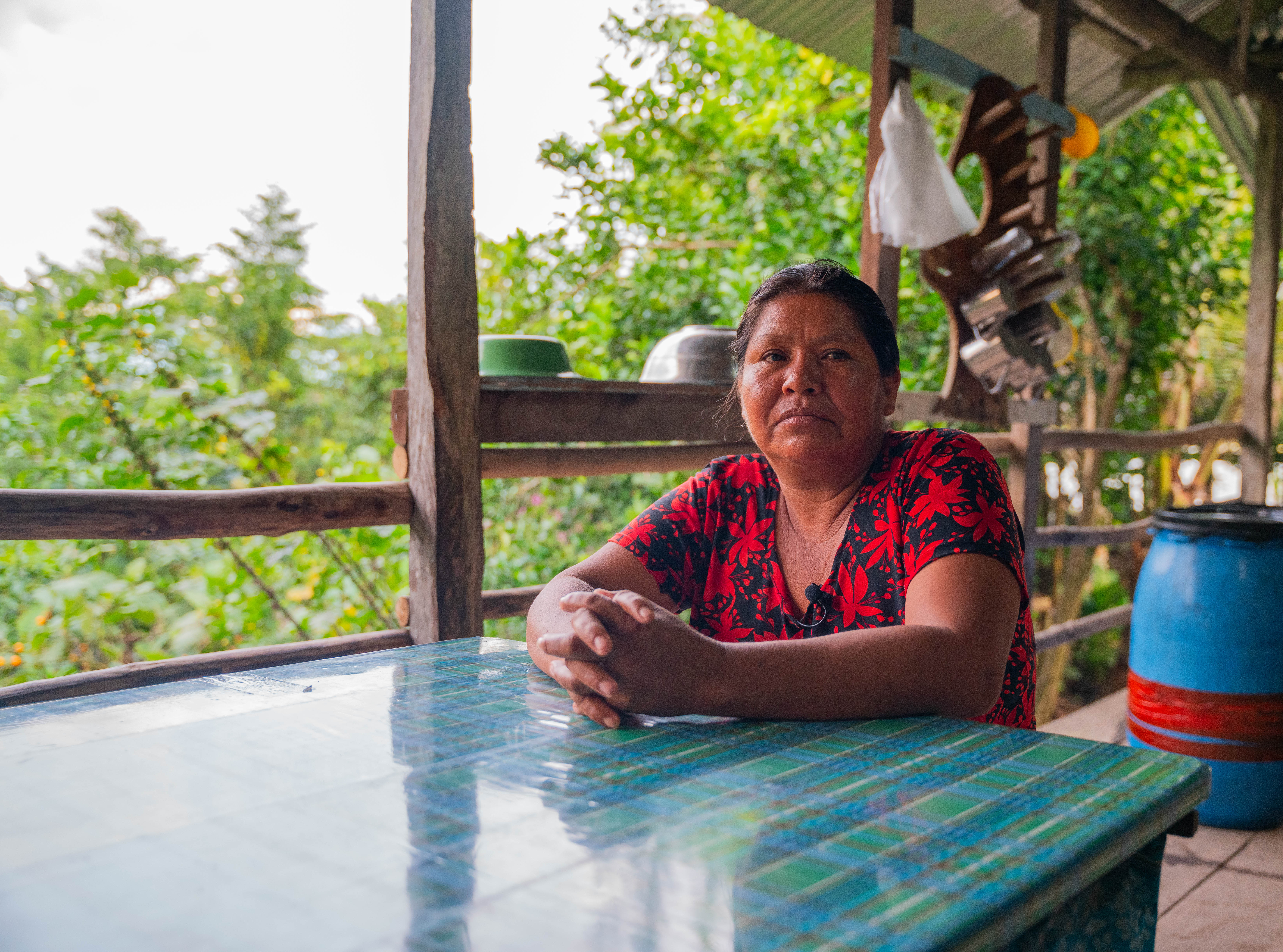Annual Report for 2023
Hola, Clinic Supporters and Friends –
Each year, I try to give you an idea of what we have been doing in the clinic, an annual report of sorts. We now have the data from 2023 sorted out, so it’s time to bring you up to date.
 |
I am pleased to report that, for the first time since the pandemic began, we saw more than 2,000 patients in the year, 2,232 to be exact. Most of them (2,196) received medical attention of one sort or another, while 36 people just came to purchase toothpaste or over-the-counter medicines for their home medicine chests. There were less than 6% new patients, the remaining 94% had come to us at some time in the past (and many of these have come multiple times). The male-to-female ratio was roughly 40% males, 60% females, as it usually is. Women show up more frequently because they are more likely to be the ones bringing their children for care, and because most of our family planning recipients are female. Children, whom we define as those up to 14 years of age, comprised a little over a third of the patients, and people 70 years of age or older are now up to nearly 9%. As I have mentioned in the past, this was unheard-of 30 years ago, when virtually no one along the river reached 80 years of age, and very few made it past 70. We have made some progress.
|
We saw 178 people, almost all women, for birth control, which in my view is probably the most important service we provide. We still have far too many teenage mothers, but not nearly as many as there were thirty years ago, and not nearly as much infant and child mortality. No longer do women expect to see a quarter to a third of their children die, which is an improvement for the women, for the children, and for the families as a whole.
Vaccines are the other important preventive medicine service that we provide. We vaccinated 291 children and adults against tetanus, rotavirus, pneumococcus, Human Papilloma Virus (the cause of cervical cancer, which is distressingly common in our area), measles, mumps, rubella (German measles), diphtheria, influenza, polio, pertussis and hemophilus influenza B, all of which cause significant illnesses, and many of which were, I believe, responsible for all those early childhood deaths that now occur only seldom.
|
We had only two cases of malaria all year, which continues a trend for the last few years. I am not sure why this is. The government has made significant efforts to fumigate the homes in Iquitos and eliminate standing water there, mostly to eliminate dengue and Zika and yellow fever, but of course these measures will also reduce the population of mosquitos who carry malaria. They don’t come out to fumigate in the villages along the river, though, so I can’t explain why there is less malaria than there was in the 1990’s. However, I’m not about to argue.
|
 Photo Credit: Diego Estrada Photo Credit: Diego Estrada |
There were 117 people with diarrheal illnesses, which is a lot more than one would see in a developed country but considerably less than what we used to have, and I believe there was only one young girl who actually died from diarrhea, which again is a tremendous improvement over my early years here. There were only 43 cases of pneumonia all year, and many of these were in older people – they used to all be in babies, and many of those kids did not survive. I believe that the pneumococcal and influenza vaccines are probably responsible for the improvement in pneumonia statistics, and projects by many charitable groups to bring small treatment plants to provide clean drinking water to many villages are the reason for the huge improvement in diarrheal illnesses.
Skin problems are always an issue in the warm, humid climate of the rainforest, and we saw 95 people for these ailments. They included ringworm, abscesses, contact dermatitis, allergic dermatitis, and non-specific dermatitis. A couple of people got rashes after having bathed using laundry soap which was way too harsh for human skin. Scabies is common, usually affecting multiple family members, and herpes zoster (“shingles”) occurs in a number of people each year.
There were 71 “emergencies” during 2023, of which some were true emergencies, while others were more like urgent care, patients who arrived outside normal clinic hours, some with serious illnesses, others with milder ones. Several of these were people with abdominal pain, including an eight-year-old girl whose pain was in her right lower abdomen, consistent with appendicitis, yet she had no fever, and could jump up and down on her heels, which argues against an urgent need for surgery. We paid for her to obtain an ultrasound in the city which showed a “plastron,” or a sort of fossilized appendix, for which she can have surgery later.
 |
A forty-six-year-old woman came in with a painful, distended abdomen, no appetite for a week, no bowel sounds (her intestines were not rumbling and grumbling at all), and no bowel movement or passage of gas for several days. All this indicates a probable bowel obstruction, which if not treated would be fatal, so we took her to the medical post at Indiana for referral to Iquitos for surgery
Other transports included a fifteen-year-old with premature labor and eclampsia, a serious complication of pregnancy (she managed to survive), and a fifty-three-year-old man with diabetes and what is called “diabetic foot,” a severely infected foot which almost certainly involved infection in the bone as well as the soft tissues. These infections are notoriously difficult to cure because the diabetes has damaged the blood vessels so that blood has a hard time reaching the infected area. I have known him ever since I came here, and Juvencio and Edemita have known him all their lives, but no matter what we said to him, he could not accept that he had diabetes, or that it was a dangerous condition to live with. When he developed the foot infection, he was sent to Iquitos and hospitalized, twice, but when amputation of his foot was recommended, he refused. Then he pulled out the IV lines that were delivering antibiotics, came home to the local village and devoted himself to home remedies, until he died.
|
|
Yet another evacuation was a seventy-five-year-old woman who probably had COPD, then pneumonia superimposed on that. She came to the clinic with severe respiratory distress, which did not respond to the oxygen and medicines we gave her, so we took her to Indiana. Unfortunately, the medical post there insisted on sending her to the post at Mazan, and she died en route.
A one-year-old baby with pneumonia was more fortunate; we took her to Indiana, they sent her to the hospital in Iquitos, and though she was in the ICU for months, she did recover. A sixty-one-year-old man with a history of tuberculosis in the past came in because he was coughing up blood for four days, and had lost enough blood by this route that he was significantly anemic; we took him to Indiana, where they hopefully determined whether he had recurrent TB, or perhaps a fungal infection in his lungs, which can occur in the damaged airways of people who have recovered from tuberculosis. Our last transport of the year was an eleven-year-old girl from a small village fairly far downriver who was brought in with a stiff neck, fever, and inability to swallow for several days. Juvencio attended her, and he said that although she couldn’t open her mouth wide enough for him to get a clear view, it looked as though there was pus in her throat. We suspect she had a tonsillar abscess. We took her to Indiana and they sent her on to Iquitos, but her parents took her out of the hospital a day or two later, against medical advice, probably because they needed to get back home to care for their other children and their food crops. We have not heard how she fared, but I fear she may not have done well
|
 Photo Credit: Diego Estrada Photo Credit: Diego Estrada |
Our trauma cases are always a mixed bag, and fortunately, most are relatively minor, though not all are. We see a number of machete cuts every year. Among these, one fourteen-year-old managed to lop off the distal phalanx (the last segment) of his thumb. There is nothing to do in a case like this, except to close the wound and give prophylaxis for tetanus.
There are no sidewalks in the rainforest, and people slip on the muddy paths and fall, sometimes injuring themselves and sometimes lacerating themselves with the machetes they are carrying. People collide with one another, or with stable objects such as goalposts, while playing the every-afternoon futbol (soccer) games. There was one man who chided another for having bumped into him while they were in a game, and the one who was scolded hauled off and socked the other fellow in the mouth, splitting his lip. One man was clearing a field for cultivation of his food crops, and a branch got caught in a tree, then broke loose and clobbered him, leaving him with severe bruising of his shoulder and arm. A seventy-two-year-old man fell asleep on the steps leading up to his house and fell off, landing on a board from a height of about three meters (ten feet), giving himself a deep and nasty laceration to the forehead. Interestingly, his neighbor reported that he often falls asleep in odd and inappropriate places, which makes one wonder about the possibility of narcolepsy. A thirteen-year-old girl fell from a tree while working at the piscigranja (fish farm) which is operated by the local school. She had multiple abrasions to her back and a lot of pain, but was able to get around after she was given anti-inflammatory medicines and had a bit of a rest. Here where fishing is not a sport but rather a method of obtaining one’s next meal, several people (and one dog) became entangled with fishhooks. And one local man became aggressive toward his wife when he was sloshed, and she responded by whacking him in the forehead with a piece of board. I don’t generally condone violence, but in this case I believe she was probably justified.
|
We don’t usually have motor vehicle accidents in the rainforest, but we did see a couple of local adolescents who had given themselves a bad case of “road rash” when they toppled their motorcycle in Iquitos, while attempting to dodge a barking dog.
A six-year-old boy was playing around his house when he slipped and fell against a pijuayo palm tree. This palm’s trunk is studded with needle-sharp spines, and Elmer and Edgardo pulled thirty or forty of them out of the poor boy’s foot and ankle. Another boy managed to step on a rusty nail embedded in a discarded stairway, while he was chasing a pig (it’s unclear whether the chase was for food or fun). A thirty-nine-year old stepped on a board with a rusty nail in it, while he was bathing. Unfortunately, people are not always careful about where they discard used construction materials, and since everyone bathes in the river, this sort of incident occurs periodically. We make sure that all of these puncture wounds receive tetanus immunization.
|
 |
We had five poisonous snakebites in 2023. One man had pretty significant swelling in his arm and shoulder for a day or two, but ultimately healed, and the other four persons all had relatively minor symptoms.
Other animal adventures included a couple of people who stepped on spiny catfish, either while bathing or while fishing, and embedded some of the spines in their feet. One man was nailed by a stingray. These are often ugly wounds which take a very long time to heal, but he was fortunate and had only a fairly superficial lesion. A sixteen-year-old lost a good-sized chunk of meat out of his leg when a piranha bit him. The wound subsequently became infected and grew to about eight by ten centimeters/three by four inches, so we referred him for surgical repair.
Juvencio continues to perform our dental procedures. Although he has no formal training or certification, he does excellent work (for medico-legal reasons, he has each patient sign a form acknowledging that they understand that he is not claiming to be a dentist). In addition to forty dental extractions, he performed forty-one restorations of broken teeth and/or filling of dental cavities, services for which our patients would otherwise have to go to Iquitos, and for which they are grateful.
Concerned by the drop-off in patient census since the beginning of the pandemic, the clinic staff suggested that we initiate village visits to screen adult patients for anemia and diabetes, and children for anemia, which interferes with their ability to learn, and which is fairly easy to treat. It is also quite common -- in Santa Isabel, out of forty-five children, twenty-one turned out to have anemia. While we’re at it, we also paint the children’s teeth with dental fluoride varnish, and administer vaccines to those who are lacking. We have not gone out to villages in the past, but now we have enough staff to do this while still leaving sufficient people in the clinic to take care of the patients who come in, and we reached a total of 420 people this way.
Finally, we have our Interesting Patients, those who present with unusual or challenging illnesses, and who don’t fit into any single diagnostic category. They keep our professional lives interesting, though generally, for the patients themselves, if they had a choice, they would probably rather be dull and boring. Some of them have already been outlined among the emergency cases.
Others include a thirty-nine-year-old woman who had been seen in the clinic two years ago with lower abdominal pain. A Pap smear at that time showed Cancer In-Situ, a very early form of cervical cancer. She did not pursue any follow-up until March 2022, when she had an ultrasound which showed a mass in her cervix. We tried to refer her for treatment but again, she refused to go. By mid-November, 2023, her mother-in-law brought her to the clinic, and I examined her. She was severely anemic, was losing weight, her cervix looked terrible, and her uterus was firmly stuck to her abdominal wall. She did finally go to a wonderful gynecologist we know in Iquitos, and he gave her a referral to the cancer center there, but we hear that she is back at home, still seeing the local herbalists and refusing any other treatment. She will die, sadly.
Then, Dr. Julio himself developed right lower abdominal pain and diagnosed his own appendicitis using our lovely new ultrasound machine. We tried antibiotics, but the pain continued, and he went to Iquitos and had his appendix taken out. Happily, he is now completely recovered and back to work.
And I became an interesting patient myself, with recurrent urinary infections, resistant to most known antibiotics and requiring five courses of intravenous antibiotic treatment over the course of the year. We have a photo of me working at the clinic with an IV line running in my arm. Finally, it was realized that I had a kidney stone, where the bacteria were hiding out. Once that was removed, I was able to revert to being a doctor rather than an interesting patient. I much prefer being a doctor.